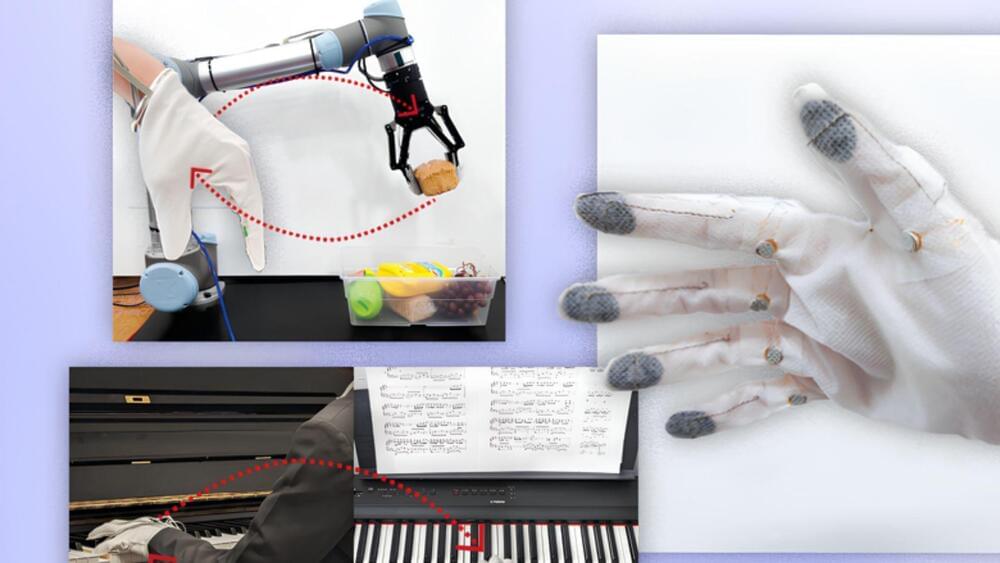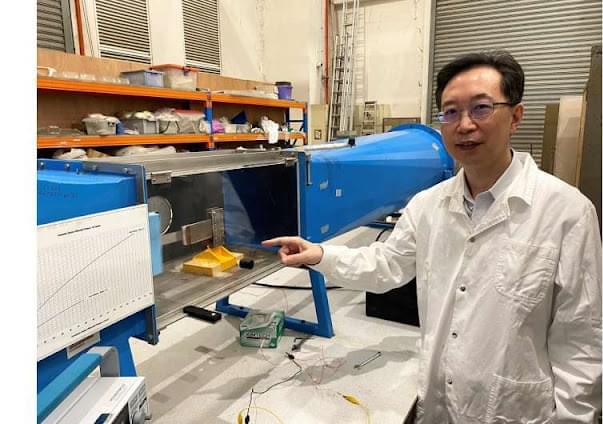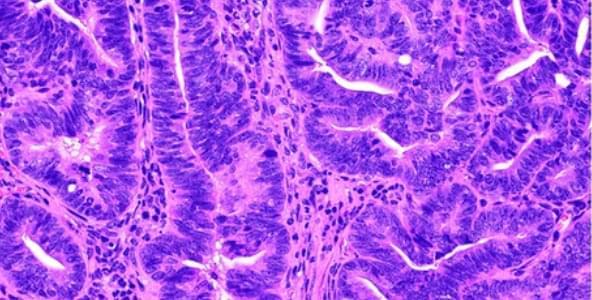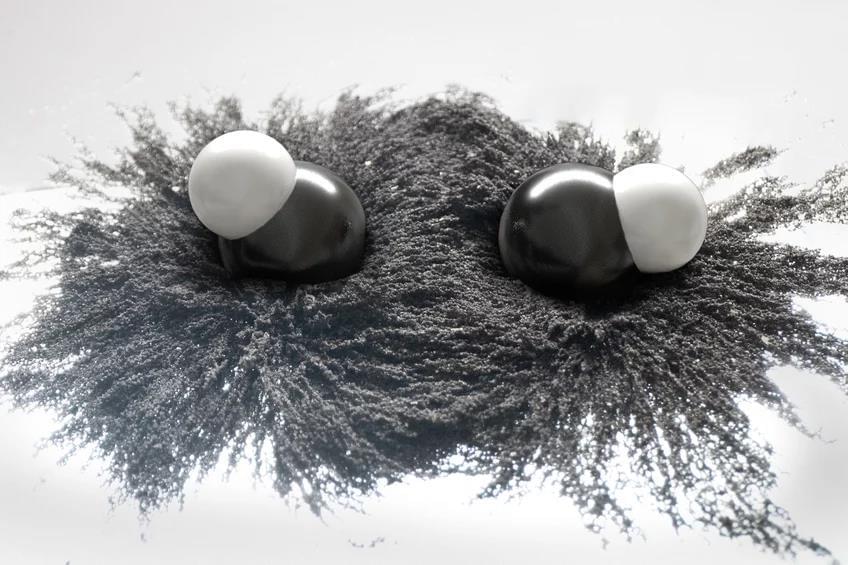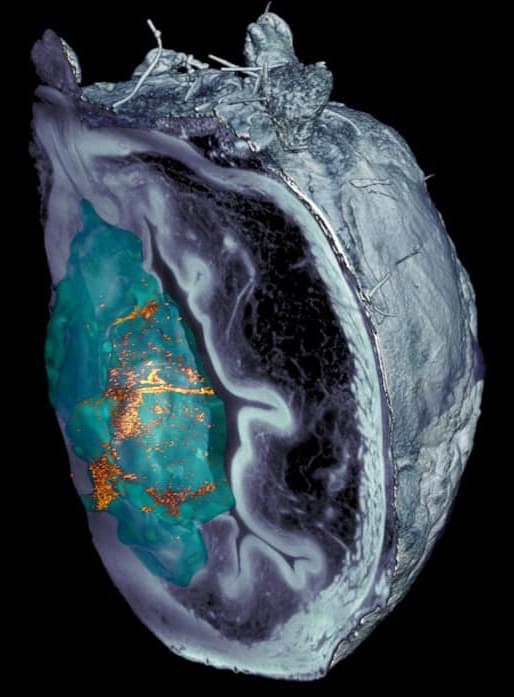Feb 21, 2024
Scientists unlock key to reversible, non-hormonal male birth control
Posted by Gemechu Taye in categories: biotech/medical, genetics, sex
The team found that administering an HDAC inhibitor orally effectively halted sperm production and fertility in mice while preserving the sex drive.
Researchers are grappling with the challenge of developing effective male contraceptives as existing attempts to block sperm production, maturation, or fertilization have fallen short, either offering incomplete protection or leading to severe side effects.
Now, a team of researchers at the Salk Institute in the US has developed a novel approach to halting sperm production, which is both non-hormonal and reversible, marking a significant advancement in male contraception research.
Continue reading “Scientists unlock key to reversible, non-hormonal male birth control” »

